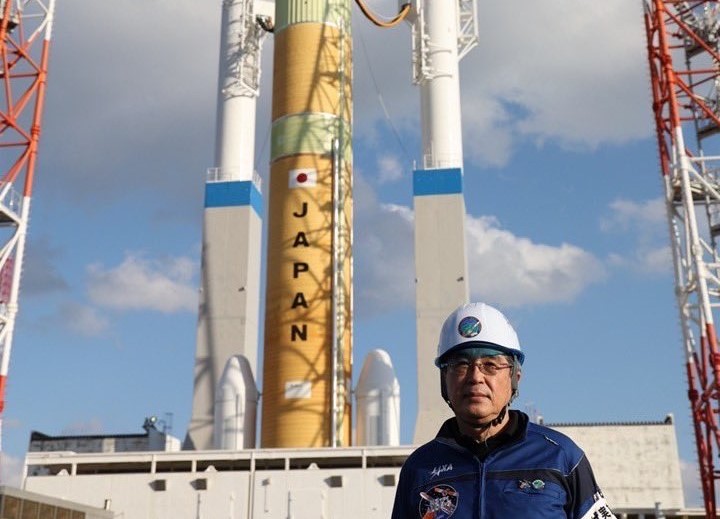
- ARAB NEWS
- 04 Jul 2025

TANEGASHIMA, Kagoshima Pref.: Japan’s new H3 rocket was unable to lift off from its Tanegashima Space Center in the southwestern prefecture of Kagoshima as scheduled Friday morning as the vehicle’s booster engines failed to ignite, the country’s space agency said.
The H3 rocket was scheduled to lift off at 10:37 a.m. (1:37 a.m. GMT). Its main engines ignited about six seconds before the scheduled liftoff, but booster engines failed to ignite, leaving the rocket stranded on the launchpad.
The Japan Aerospace Exploration Agency, or JAXA, aborted its plan to launch the rocket on Friday and is investigating the cause of the failure.
In its maiden launch, the H3 rocket was scheduled to put the Daichi-3 advanced optical satellite into orbit about 17 minutes after the liftoff.
A two-stage, liquid-fueled launch vehicle, the H3 was developed as a successor to the H-2A rocket, which was put into commission in 2001.
The H3’s development started in 2014 with the involvement of JAXA and several companies, including Mitsubishi Heavy Industries Ltd., a project designed to boost Japan’s competitiveness in the satellite launch market. The agency aims to reduce the launch cost of the H3 to about 5 billion yen, half the level of the H-2A.
In JAXA’s history of rocket development, the first Epsilon solid-fueled rocket was unable to lift off as an attitude abnormality was detected about 19 seconds prior to the liftoff time.
JIJI Press